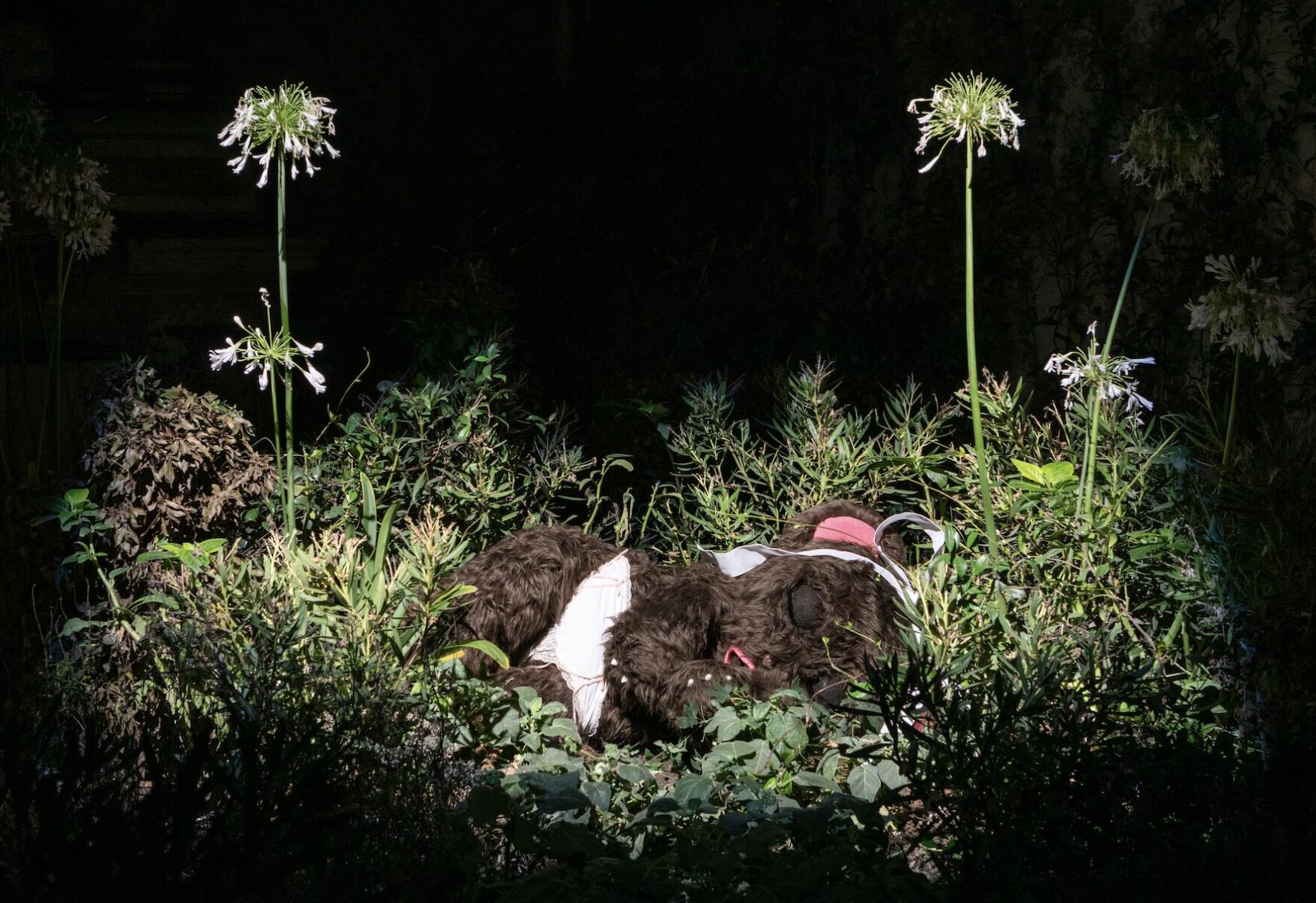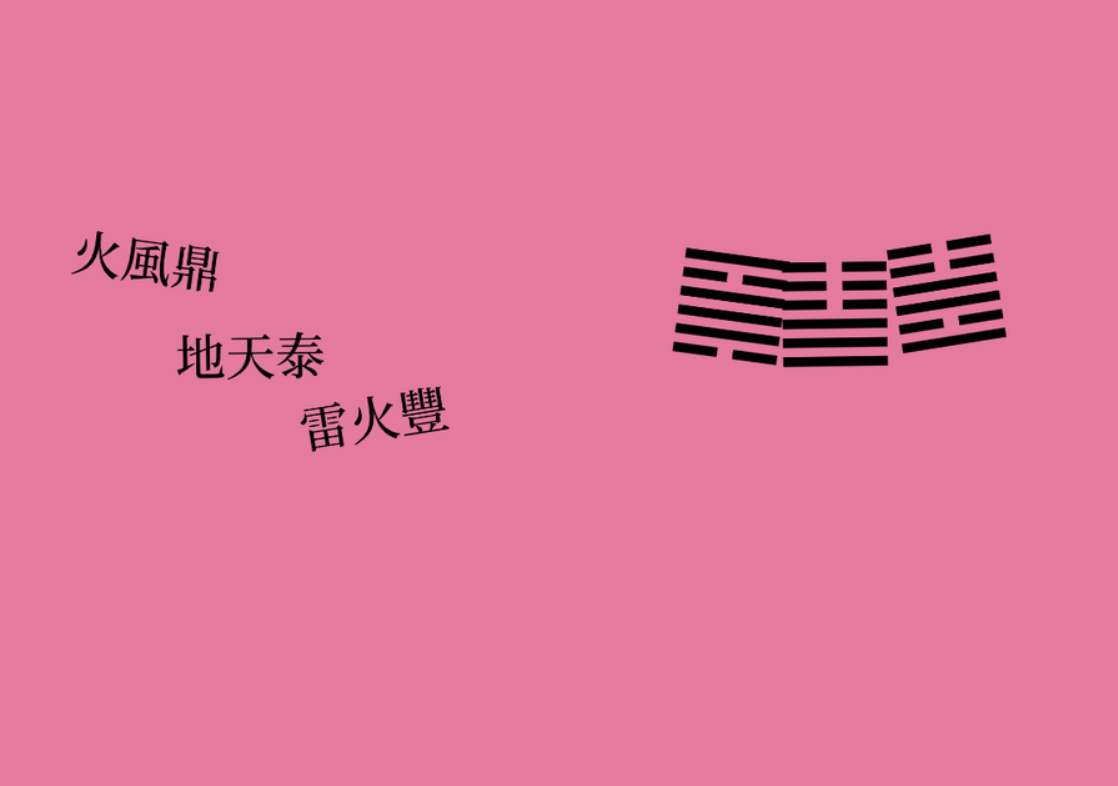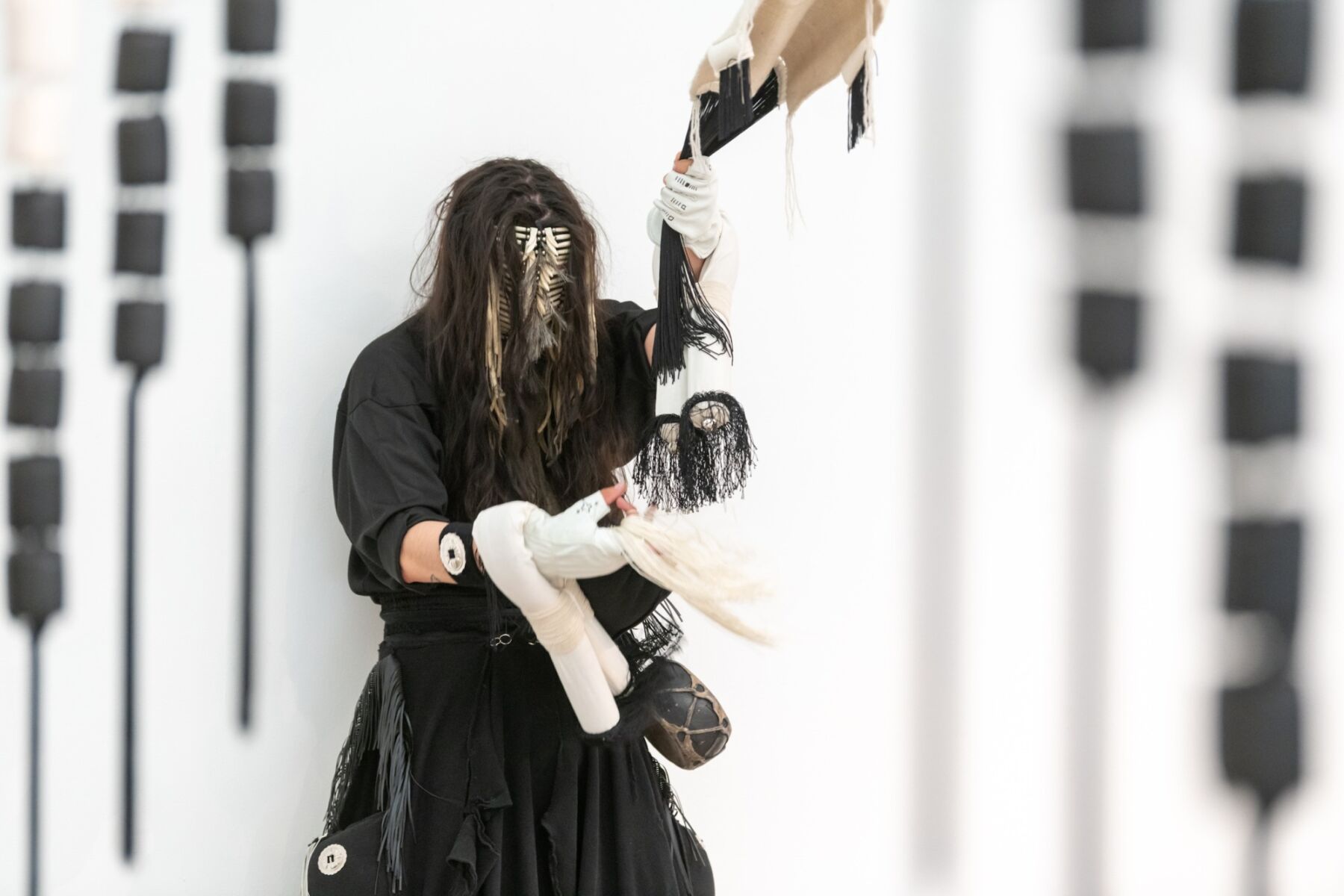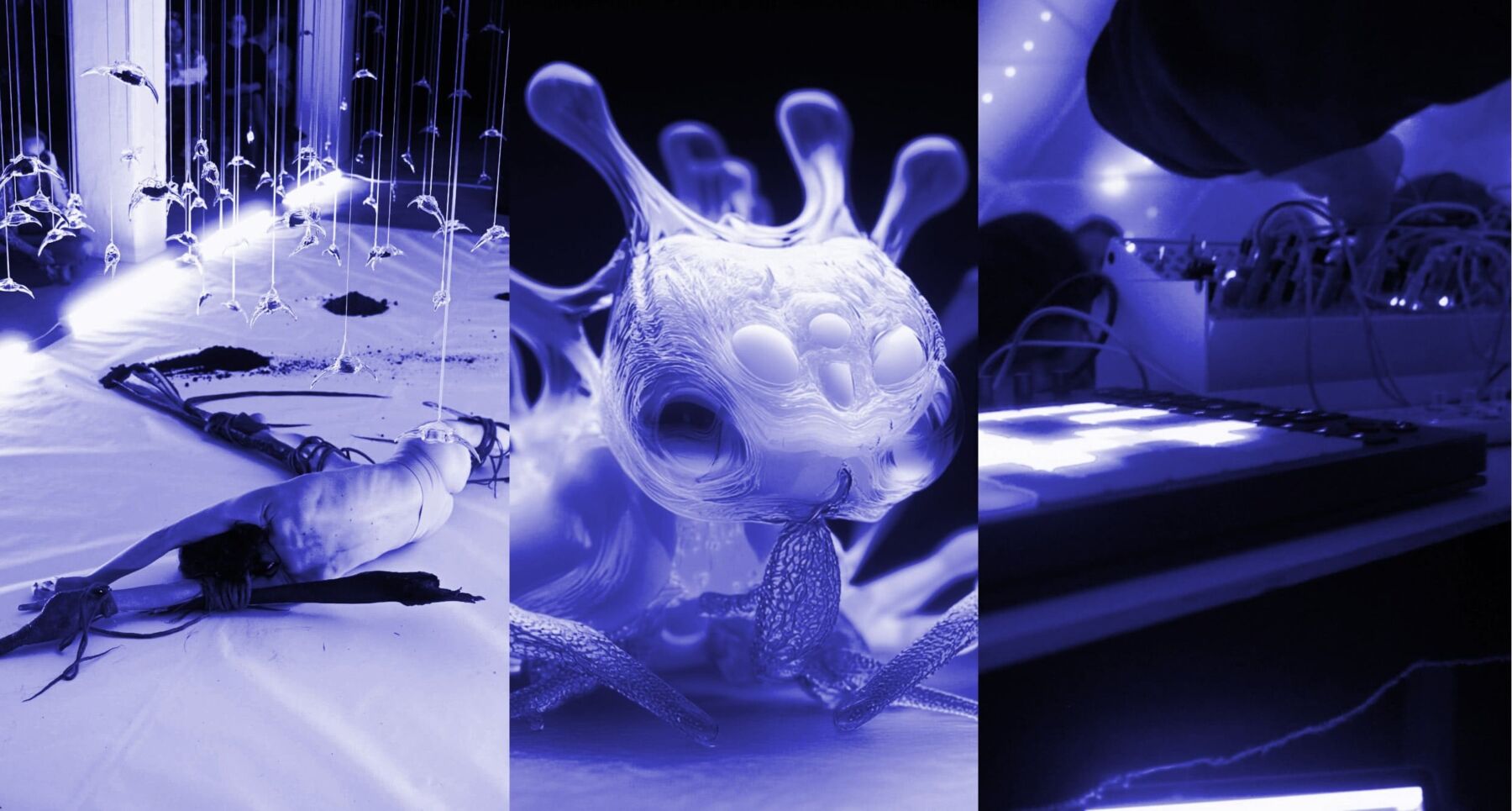Text by CLOT Magazine

Carole Collet, Professor in Design for Sustainable Futures at Central Saint Martins, London -and previously featured in CLOT Magazine- has conducted research that blends textile fabrication and botany. With “BioLace,” Collet investigates synthetic biology through textile design.
The exhibition -from 15 July until 11 November 2018- involves presenting a selection of fine and rare lace, but with a twist: they are produced by plants. Collet envisions and creates replicas of four imaginary plants, Basil N° 5, Gold Nano Spinach, Factor 60 Tomato, and Strawberry Noir, serving multifunctional purposes as both nutritional food sources and textile-producing machinery. The plants are subjects of genetic modification, such that their nutritional values are enhanced, and their roots grow in a lace-like pattern, meaning every bit of the plant is usable in vastly different contexts.
Collet’s take on the uses of botany in synthetic biology raises a number of pressing issues: Is design–in agricultural and manufacturing fields, among others–today sustainable, and will it be robust enough to support the future global population? In a number of decades, it is predicted that a whopping 9 billion people will inhabit the world, and scientists speculate that methods of production as we know them today will likely be insufficient for such a massive number.
Genetic modification is a possible solution to this not-so-distant future problem; it is a modern technology currently being researched. Soon cutting, copying, and pasting genes from one organism into another may become a widely used and exploited tool in the commercial world. But this raises yet another question and one that is much more harrowing and moral: What becomes of the designer when anything can be “edited” like a mere set of data, even life, and is this an inevitable condition of technological progress in our increasingly small world?
Texture Museum of Flax and river Lys brings unique lace pieces from the museum collection in correlation with this biotechnological futuristic vision. With a variety of fine lace strips and doilies, black Chantilly and lace with gold and silver wire, the past and present are woven into a guideline for the future, Ann Vanrolleghem told us.






